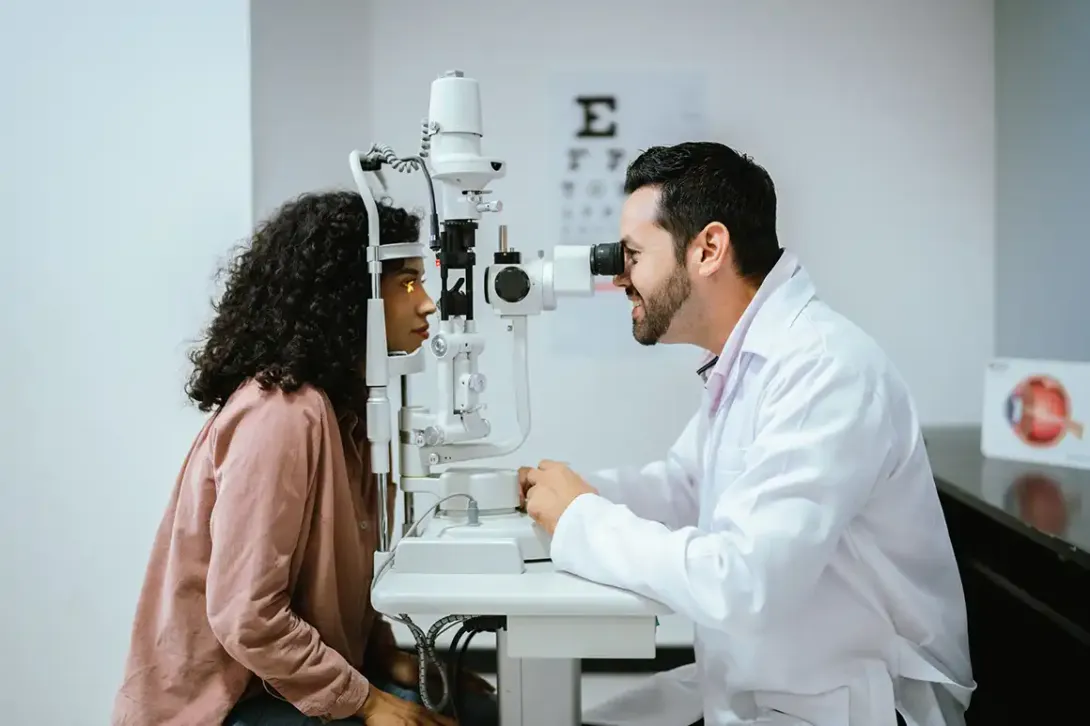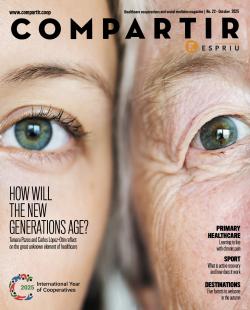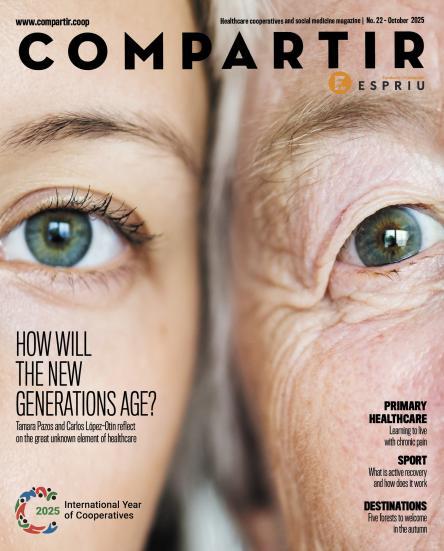
Eye health: A problem in everyone’s sight
The World Health Organisation estimates that at least 2,200 million people around the world suffer from some type of visual impairment, with myopia at the head of the list.
Sight is our most dominant sense and it plays an essential role in our lives. However, bad habits, added to a lack of resources in less developed countries, have put eye health in the sights of the WHO, which has given out a horrifying fact: half of the cases of visual impairment around the world could have been prevented.
It is a public health crisis unknown by many, but with important repercussions and on a significant scale. If the current trend continues, the experts envisage that in 2050 half of the population will have blurry vision due to myopia. An “epidemic” that is attacking the youngest people in particular. In Spain, research directed by Miguel Ángel Sánchez and Cristina Álvarez, professors and researchers at the Department of Optometry and Sight at the Madrid Complutense University, predict that in 2030, 30% of children between the ages of five and seven years will be myopic.
Moreover, virtually all the people who reach adulthood suffer from some type of eye disease during their lifetimes. These ailments can be divided into two groups: those that cause visual impairment and those that affect the eye, but not our sight.
An exposed society
Amongst the traditional risk factors that increase the possibility of suffering from one or more of these diseases, age, genetics, smoking and a bad diet may all be found, amongst others.
However, overexposure to screens – an evil of modern times, has added a new unprecedented threat for our sight. This is due to the fact that human eyes are not designed to focus on screens as small and close as our mobile phone or tablet, since this overstrain decreases blinking significantly, causing itchy eyes, eye strain and an increase in refractive error. This disorder is known as Computer vision syndrome (CVS) and according to the Institut Català de Retina it affects seven out of every ten people.
How can we improve our visual health?
To mitigate the effects of the screens, the experts recommend keeping the mobile phone or tablet at least 30 cm from us, in addition to reducing our use of these devices as much as possible, particularly in the case of children. We must also put the screen below the height of the eyes, avoid reflections, take care to be in an ergonomic position and look away every 20 minutes during 20 seconds, when we should consciously close our eyes.
In short, we must be proactive in our eye care and visit the ophthalmologist if any symptoms appear. It is very important to not skip periodic eye checkups, as the professionals will give us the guidelines to follow and will warn us if our vision has deteriorated or if there is any disorder that requires the use of glasses or an additional treatment.




